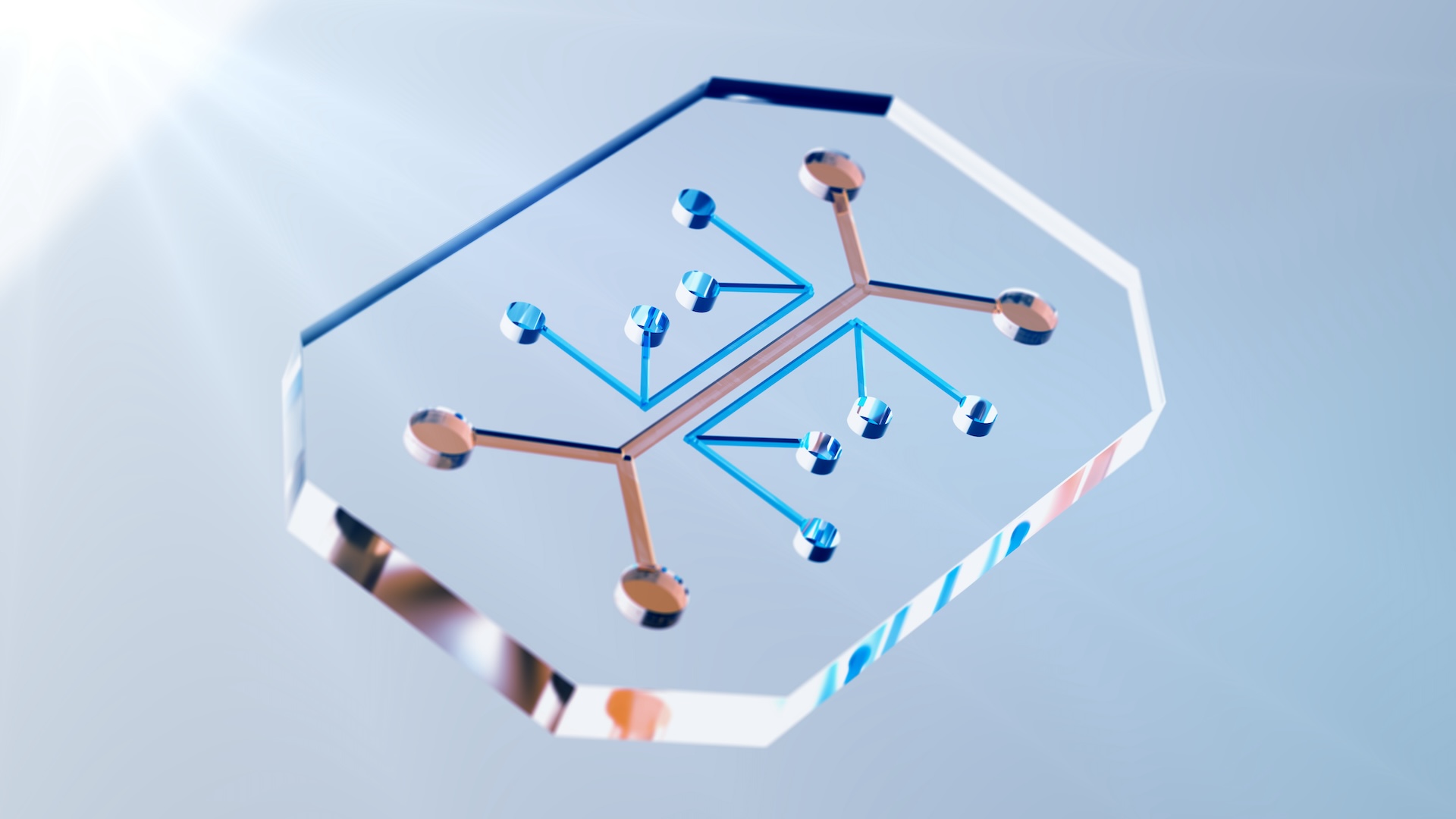When you think of electric fields, you probably think of lightning — the thing that makes modern life possible by running everything from household appliances to cellphones. Researchers have been studying the principles of electricity since the 1600s. Benjamin Franklin, famous for his kite experiment, demonstrated that lightning was, in fact, electrical.
Electricity has also fueled major advances in biology. A technique called electrophoresis allows scientists to analyze the molecules of life — DNA and proteins — by separating them by their electrical charge. Electrophoresis is not only commonly taught in high school biology, but it is also a workhorse of many clinical and research labs, including mine.
I am a biomedical engineering professor who works with miniaturized electrophoretic systems. Together, my students and I develop portable versions of these devices that rapidly detect pathogens and help researchers fight against them.
What is electrophoresis
Researchers discovered electrophoresis in the 19th century by applying an electrical voltage to soil particles and observing how they migrated through a layer of sand. After further advances during the 20th century, electrophoresis became the standard in laboratories.
To understand how electrophoresis works, we first need to explain electric fields. These are the invisible forces that electrically charged particles, such as protons and electrons, exert on each other. A particle with a positive electrical charge, for example, will be attracted to a particle with a negative charge. The rule of “opposites attract” applies here. Molecules can also have a charge; whether it is more positive or negative depends on the type of atom that makes it up.
In electrophoresis, an electric field is generated between two electrodes connected to a power supply. One electrode has a positive charge and the other has a negative charge. They are located on opposite sides of a container filled with water and a little salt, which can conduct electricity.
When charged molecules such as DNA and proteins are present in the water, the electrodes create a force field between them that pushes the charged particles toward the oppositely charged electrode. This process is called electrophoretic migration.
Researchers love electrophoresis because it is fast and flexible. Electrophoresis can help analyze a wide variety of particles, from molecules to microorganisms. In addition, electrophoresis can also be performed on materials such as paper, gels, and thin tubes.
In 1972, physicist Stanislav Dukhin and his colleagues observed another type of electrophoretic migration called nonlinear electrophoresis, which could separate particles not only by their electrical charge but also by their size and shape.
Electric fields and pathogens
Further advances in electrophoresis have made it a useful tool for fighting pathogens. In particular, the microfluidics revolution made possible smaller laboratories that allow researchers to detect pathogens faster.
In 1999, researchers discovered that these tiny electrophoresis systems could also separate intact pathogens based on differences in their electrical charge. They placed a mixture of several types of bacteria in a very thin glass capillary that was then exposed to an electric field. Some bacteria migrated out of the device faster than others because of their different electrical charges, making it possible to separate microorganisms by type. Measuring the speed of their migration allowed scientists to identify each species of bacteria present in the sample, a process that took less than 20 minutes.
Microfluidics made this process even better. Microfluidic devices are small enough to fit in the palm of your hand. Their small size allows them to perform analysis much faster than traditional laboratory equipment because particles do not need to travel as far through the device to be analyzed. This means the molecules or pathogens researchers are looking for can be identified more easily and are less likely to be lost during analysis.
